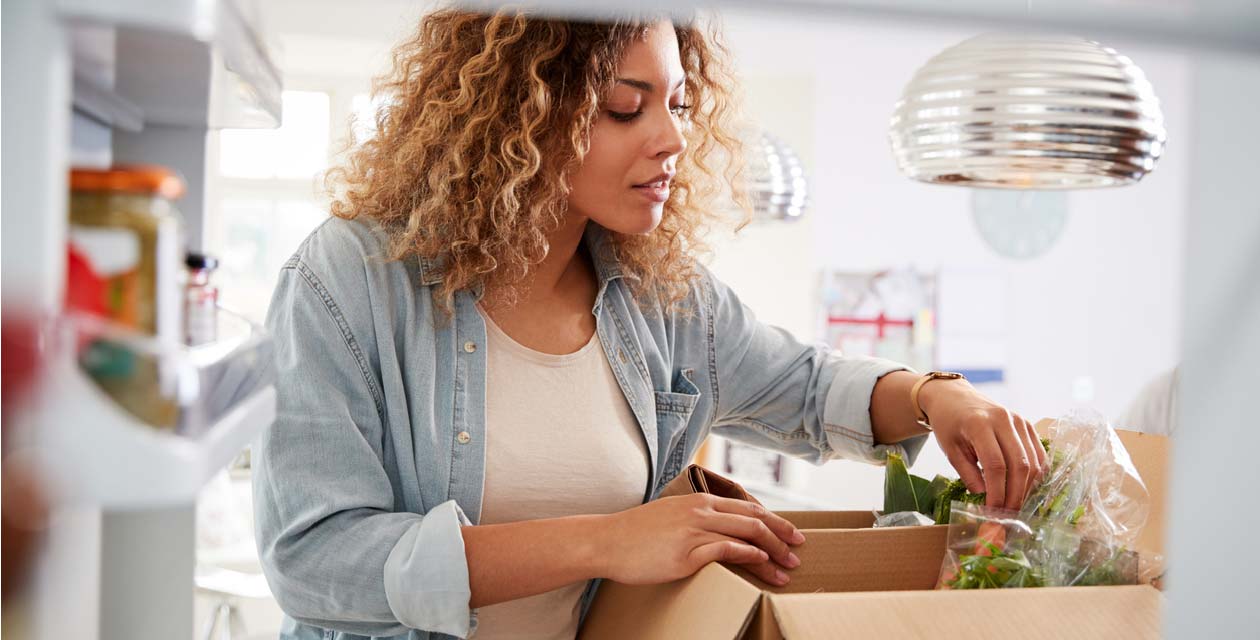
It’s no surprise that when subscription services emerged, consumers adjusted and adapted to that lifestyle. From treat-yourself boxes like FabFitFun, to monthly subscriptions for routine care like Dollar Shave Club, these services are becoming more and more favored by consumers. Why? Convenience continues to be a priority for most shoppers and the more seamless the process can be, the better.
Think about it—Amazon Prime transformed how consumers value delivery times. Only a few years ago it was common to wait up to two weeks to receive a package, but with Amazon Prime introducing two-day delivery, consumer demand only continues to rise. So now with the introduction and rapid growth of subscription services, people are able to routinely receive items that they commonly use or want to test out.
The Subscription Service Model’s Impact on Retailers
In the food and beverage space, meal kit delivery services like HelloFresh and Blue Apron are shifting the way consumers shop for groceries and prepare meals. With consumers transitioning toward subscription boxes for their dinners and snacks, it can yield an impact on in-store sales and online sales for retailers. Because consumers are receiving products shipped direct to their home, they may be making less trips to the grocery store or ordering less frequently online via Instacart or a store’s website.
To combat losing sales to subscription meal boxes, many retailers have created their own meal kits for shoppers to purchase or invested in partnerships. Publix is selling individual pre-portioned meals in their deli section that can be reheated in minutes. Kroger partnered with Home Chef, also a direct-to-consumer meal subscription box, to offer various solutions to shoppers in store. Consumers can pick up individual heat and eat meals, ready-made side dishes, or opt for a tasty meal kit like “Lemon Florentine Shrimp Alfredo with Spinach.”
Brands and the Subscription Service Model
Throughout 2020, many shoppers have shifted their routines to avoid shopping in store in light of the pandemic. According to the Coresight Research U.S. Online Grocery Survey conducted in 2020, over 40 percent of consumers shopped online compared to the previous year’s average of 22 percent. With that in mind, many brands are shifting to selling products direct to consumer via their website.
If your brand has a DTC site, getting shoppers to opt into a subscription service via text has proven to be an effective consumer retention strategy. Sites like Simple Texting are reporting a 45 percent conversion rate on text marketing. If your product isn’t available at retailers nationwide or is one that consumers would purchase in bulk, offering a subscription option is a great strategy for generating loyalty and repeat purchase. For more on this topic, read how D2C brands are selling products via text.
To truly leverage the popularity of subscription boxes, brands can opt to create a one-of-a-kind box that includes a bundle of their products as well as complementary items that fit their desired theme. For example, if a shelf-stable coffee creamer wanted to create a holiday box for consumers to purchase as a gift, they may offer a holiday flavor of their product and pair it with a coffee mug and a Christmas tree ornament. These boxes could be sold exclusively on the brand’s website.
If a brand wants to target consumers who regularly purchase meal kits, they could utilize a third-party platform like Basketful to create shoppable recipe content for their website. By adding this integration to a brand’s website, consumers can simply view the recipe and in one click select their favorite retailer and buy all the ingredients.
Whether it’s a retailer partnering with an existing meal kit solution or a brand offering consumers the option of buying in bulk by replying to a text message, the subscription service model has had a big influence on the CPG industry as a whole.
Ready to leverage the subscription service model in your marketing strategy?

